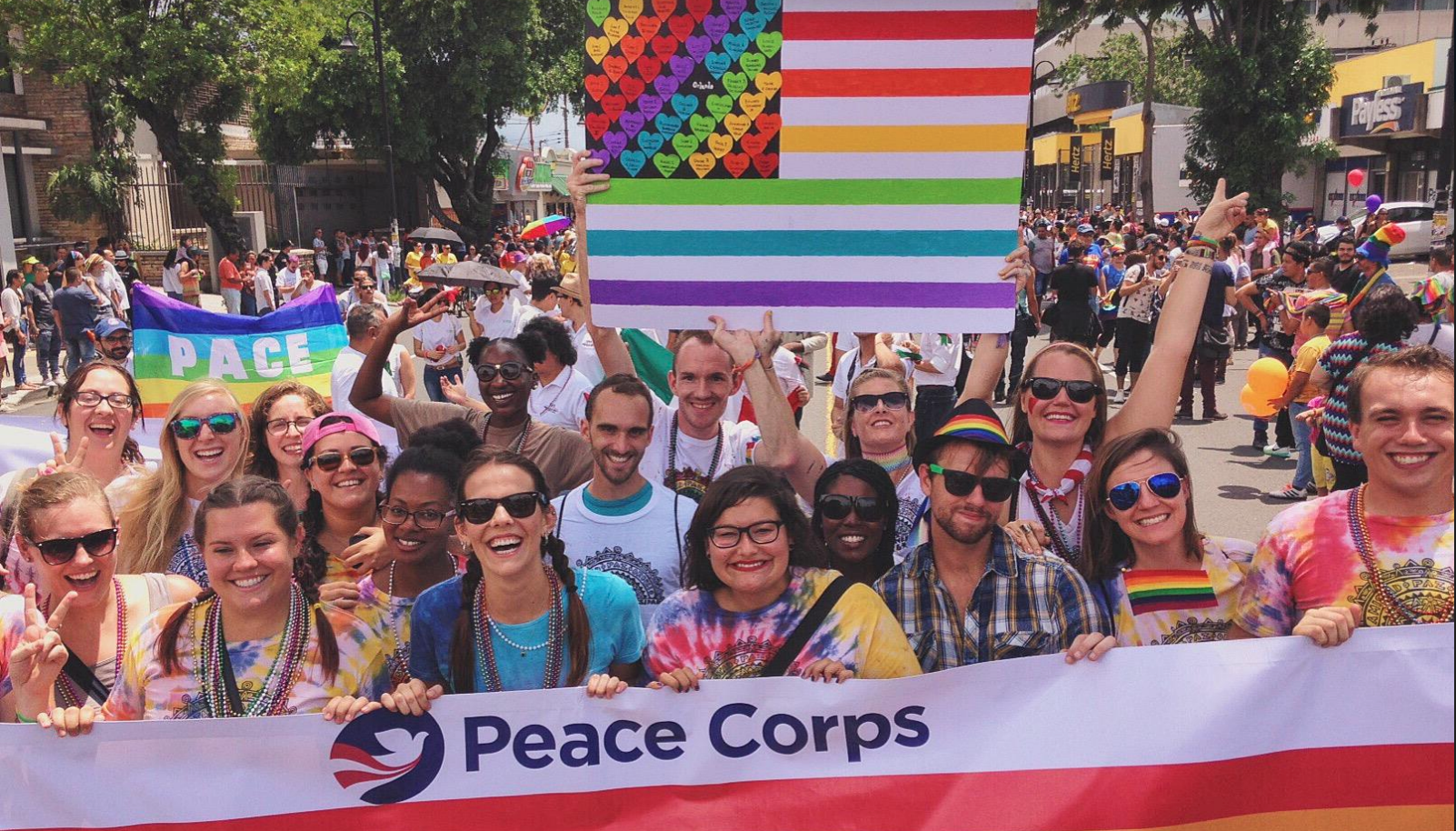Former Tampa Bay Peace Corps volunteers are reaching out to interested LGBTQIOA+ this Pride month. The Peace Corps, which has been in existence since 1961, is working to encourage more people of different sexualities and gender identities to think about joining the Corps. There will be a Microsoft Teams virtual event on Thursday, June 30, where a former LGBTQIA+ volunteer will answer questions about the Peace Corps’ serving experience.
Peace Corps and LGBTQIA+
LGBTQIA+ Volunteers often confront additional challenges in more conservative countries because of their sexual orientation or gender identity. The Peace Corps provides safe zones and sensitivity training for administration and staff, as well as volunteers. They also use cultural training to inform volunteers about what to expect if they were to decide to come out in their host countries. During the application process, the Peace Corps provides an opportunity to select your preferred countries and any reasons why you prefer them. If a prospective volunteer would like to serve, but would like to be safely open, this could be added in the preferences section of the application.
Related: Climate First Bank Introduces Pride Banking
Alex Greco is a member of the Peace Corps and served in the Gurage Zone of Ethiopia from 2018 to 2020 in the education sector. She kept her sexuality to herself while serving:
“Even though my community and I worked closely together and they were loving and accepting of me as a foreigner, I chose to keep my sexuality to myself. It was hard to keep that part of me from those I cared so much about, but I was able to find an outlet by connecting with other LGBTQ+ volunteers in Ethiopia.”
She explains that even though volunteers may end up in countries that are very conservative, relationships can still be built with the host community that are strong, regardless of being out or not. Sometimes the work you’re able to accomplish through those relationships is more important.
Greco and Kristen Vogel, another volunteer, will take part in the Peace Corps virtual event on June 30th. They will go over their service and the struggles and triumphs they faced as volunteers.
“One of the best ways to show that we are just as human as everyone else is by going to these host countries, doing good work and being the best representatives we can for peace, tolerance and acceptance,” Greco adds.
More about the Peace Corps
The Peace Corps started as an idea in a speech given by President John F. Kennedy. While speaking to students at the University of Michigan he issued a challenged: How many of them would be willing to serve their country and the cause of peace by living and working in the developing world? This became more than an idea in 1961 as he signed an executive order establishing the Peace Corps. The first group of Peace Corps Volunteers arrived in Ghana in August of that year.

Now the Peace Corps network is diverse, far-reaching and forward-focused. The Peace Corps continues to build on its audacious mission through our dedication to advancing equity and inclusion, and tackling together host communities’ priority projects.
Anyone can join the Peace Corps as long as they’re over the age of 18. Service time is two years plus three months of training.
Aside from the connections and experiences, volunteers get a monthly stipend during their service. Upon completion of service, volunteers earn non-competitive eligibility for government jobs, the Coverdell Fellowship and $10,000 to help with transitioning back home.




























